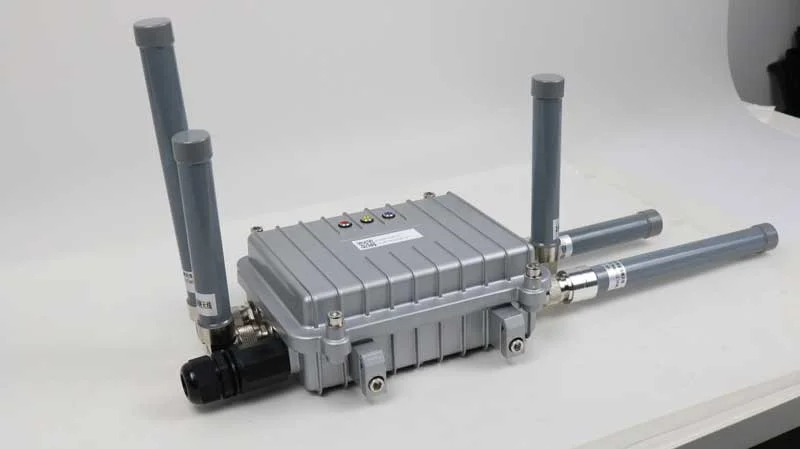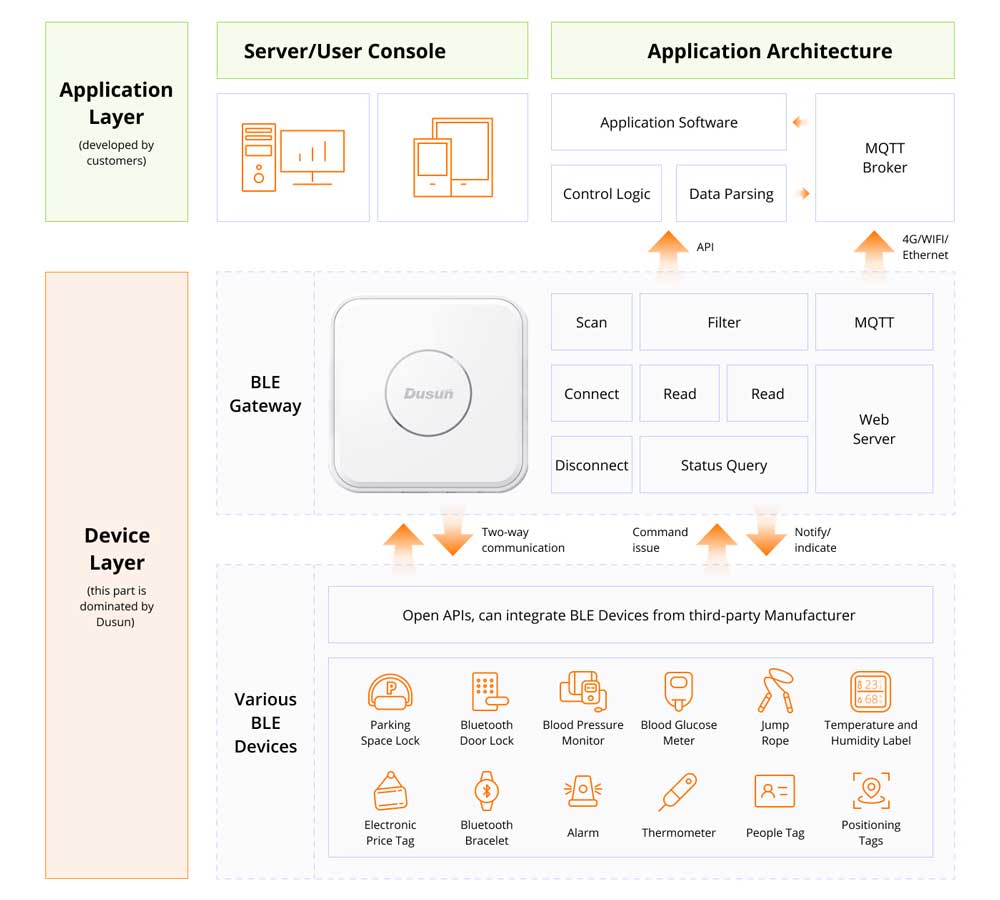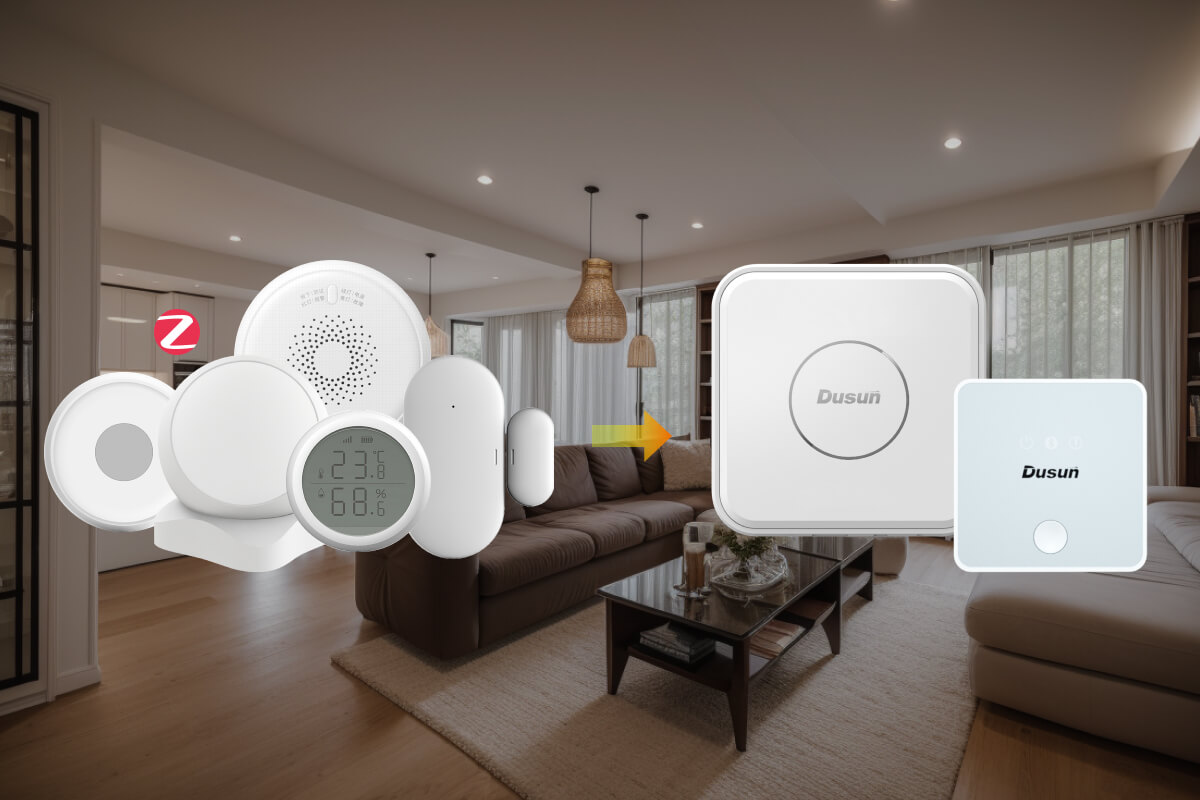The range of a LoRaWAN gateway depends on various factors, including the transmit power of the gateway, environmental conditions, antenna configuration, and potential obstructions in the area. This article provides several ways to increase the range of your LoRaWAN gateway.

LoRaWan Gateway Range Challenge
According to Thomas H. Clause, the LoRa implements a single wireless hoop on end devices to communicate with LoRaWAN gateway connected to the internet and the range can be disrupted by a number of factors. Therefore, if you are having an issue with your IoT device in terms of range coverage and you are unsure of the possible methods you can use to improve the gateway range, we will guide you on this.
A unique wireless communication called LoRa, or long range, combines a low power consumption that covers a wide range of an area. Typically, LoRa has a range between 13 and 15 kilometers, indicating that a single LoRa gateway may cover a city and an entire country with a few more. The LoRaWan technology was created in France, and companies and other organizations started implementing it in 2012.
While LoRaWAN technology has significant range potential, there can be issues that limit the actual range of a LoRaWAN gateway. Among these difficulties are:
Environmental Factors
Buildings, foliage, geography, and air interference can all have an impact on the range of a LoRaWAN gateway. Due to signal blocking and reflections, urban locations with thick buildings and structures might limit the range. Likewise, dense foliage or mountainous terrain might impede the radio signal, lowering its useful range.
Interference
Radio frequency interference from other devices or nearby networks running in the same frequency band might reduce a LoRaWAN gateway’s range and functionality. This interference can degrade the signal, increase packet loss, and diminish overall range.
Regulatory constraints on Transmit Power Levels
Regulatory constraints on transmit power levels can limit the range of a LoRaWAN gateway. To maintain compliance with radio spectrum rules, many areas and countries have set unique power restrictions. Operating at lower transmit power levels can shorten the gateway’s range.
Gateway Density
Interference and overlapping coverage areas can occur in places with a high density of LoRaWAN gateways, resulting in lower overall range and possibly network congestion.
Sensitivity of the LoRaWAN gateway’s receiver
The sensitivity of the LoRaWAN gateway’s receiver can affect its ability to receive signals over extended distances. Reduced receiver sensitivity may result in decreased range and greater sensitivity to signal fading and interference.
Data Rate and Spreading Factor
LoRaWAN supports a variety of data rates and spreading factors, which affect the network’s range and capacity. Higher data rates have a shorter range but higher throughput, whereas lower data rates have a longer range but lower data transmission rates.
Overcoming these obstacles frequently necessitates careful planning, deployment, and optimization of the LoRaWAN network. Conducting a thorough site inspection, optimizing antenna location and orientation, selecting proper spreading factors, and minimizing interference sources can all assist LoRaWAN gateways maximize range and performance. Furthermore, building a denser network of gateways in places with tough conditions helps improve network coverage and range.
5 Effective Ways to Improve LoRaWan Gateway Range
Adjusting the Spreading Factor
Adjusting the spreading factor allotted to the IoT LoRaWan gateway is one method for enhancing network and gateway performance. Since capture effects result from the SFs, Lora’s cell capacity is quite important. The user is further away from the doorway when the SF is higher and closer when the SF is lower.
The spreading factor in a chirp spread spectrum is distributed to each of the EDs to enhance the parallel redundancy protocol (PRP) of LoRaWan devices. Since the time of arrival (TOA) of each ED varies, changing the SF can improve the functionality of the LoRaWan network.
Optimizing the Duty Cycle
Another element that can improve the LoRaWan gateway range is the duty cycle. The duty cycle of every LoRa network node is altered to maximize the data transfer and frequency rate. The number of confirmed frames that the gateway sends is likewise impacted by the spreading variables, where the length of time it takes for LoRa’s communication to be finished increases with the duty cycles.
You might need to modify the duty cycle parameter if you want to improve the range and performance of the Dusun LoRaWAN gateway. This setting restricts the number of packet transmission communications that can take place within a single hour. Typically, the duty cycle of IoT devices with bands ranging from 83 to 85 MHz has a duty cycle of 1%. You can improve the range and performance of your LoRaWan network gateway by up to 50% by changing the duty cycle parameter.
You should carefully plan the quantity of channels, and the number of channels and end devices should also be closely correlated To reduce the likelihood of packet collisions. If two network nodes clash, there must be enough channels to provide them with an alternative communication path.
Therefore, you should consider modifying the duty cycle to view the end devices’ quantity and data requirements to maximize the gateway network’s efficiency. A well-sized LoRaWan gateway can serve many end devices, but it must still be flexible enough to accommodate the needs of various applications.
Reducing the Channel Occupancy Rate
Reduced channel overlapping and improved channel occupancy rate are two methods to raise the LoRa gateway range. The LoRa transducer’s computer-aided design (CAD) capabilities enable it to recognize the LoRa signal and synchronize its set-up with the multichip topology in mind, this technology distributes transmitter pairs to the SF in a way that lessens collisions.
The existing mechanism for estimating the link quality is not flexible and does not take into account the loss bought on by other LoRa device collisions. Additionally, the collision effect with other LoRa networks is not considered.
Therefore, more end nodes will be able to communicate with one another as the rate of channel occupancy rises. This method can significantly improve the range and performance of the LoRaWan getaway. Network performance can go up to a 15% increase in channel occupancy rate.
Checking the Distance between Gateways
In an area with good line-of-sight and no obstructions like buildings or trees, outdoor LoRaWAN gateways typically have a transmission range of up to 15 kilometers. However, obstructions like heavy snow or rain or even the distance between LoRaWan gateways will have a substantial impact on the range and performance of the system.
The DSGW-014 LoRaWAN outdoor gateway uses a high-performance PX30 quad-core processor with large memory (RAM2G and eMMC up to 128GB), an SX1302 LoRa chip, an IP66 waterproof enclosure, and an industrial design to provide robust performance in demanding environments, regardless of harsh weather, extended temperatures, or high humidity throughout the seasons.
It can be deployed as part of an existing telecommunications tower, as a stand-alone unit, or as a wall mount. It includes built-in integration with LNS (LoRaWAN network server), so developers can do zero-code onboarding with private and public network servers like Chirpstack, AWS IoT Core, LORIOT, and Things Stack, putting it to use immediately and saving time.
A large number of gateways can boost the overall performance, but a small number of gateways can interfere with the range and performance. The range of the internet of things will increase if the distance between two gateways is within the radius of the network. The placement of the LoRaWAN gateways closer together can expand the distance between them. However, this is only useful for LoRaWan networks with many LoRa nodes.
Additionally, the adaptive data rate packets’ susceptibility increases with the distance difference between the LoRaWan gateways. Therefore, more gathered data packets are exposed to SF values as the distance between the gateways increases. This lowers the SF for more LoRa nodes, which lessens interference and quick fading. However, the radio signals have a maximum limit on how they can go and how much data entry they can carry.
Read further: How Far can LoRa Transmit?
Increasing the Processing Gain
You might need to increase the processing gain to boost the gateway’s overall long-range throughput. Nearly 100 nodes can use LoRa technology at once, and by doing this, they can reduce the distributed queuing control overhead (DQ). The processing increase might be up to three times the overall throughput, depending on the arrangement of the gateway network.
Another aspect to take into account when enhancing the LoRaWAN gateway range is the MAC protocol. Each LoRaWan network can accommodate millions of messages every day. The quantity of IoT devices and other monitoring devices on a gateway may determine the number of messages it can accommodate. A single eight-channel gateway, for instance, might only be able to handle about a hundred thousand messages per day. Therefore, increasing the processing gain will help improve the gateway’s range.
Read further: How to Choose an Antenna for LoRaWAN gateway
About Dusun Company
Dusun IoT is a leading business that provides kernel hardware for IoT devices. The company makes things easier for solution providers, distributors, and IoT developers by offering solutions such as intelligent sensors and detectors, programmable and multi-protocol gateway, and smart control to enable more effective IoT development.
The devices are appropriate for numerous internet of things (IoT) applications and are frequently used in IoT solutions for home automation, smart offices, agriculture, rental apartments, and other areas.
What makes Dusun IoT Devices Reliable
Although most smart gateways are available for immediate use on the market, several custom applications may be required in various situations and sectors. The uniqueness of Dusun Company from other related companies is that it has introduced open-minded programmable smart gateways, and they have made it possible to integrate them with the majority of clouds and other platforms.
As a result, IoT solution providers may create unique apps quickly and accurately. Additionally, Dusun has quality IoT devices such as routers and other smart devices that you can buy at an affordable price.
LoRaWan has transformed the internet of things (IoT) by providing low-power data transmission across large distances. The technology gap between cellular, Wi-Fi, and Bluetooth, which need either high bandwidth or high power, or have a restricted range. When it comes to range, it might be interrupted by several obstacles you will need to be familiar with to use the ideal solutions to solve them.
LoRaWan Gateway Range FAQs
Is LoRaWAN compatible with Wi-Fi?
One of the issues that IoT professionals and device manufacturers are concerned about is whether LoRa and Wi-Fi will conflict with each other. However, this is a moot point because both have different operating frequency ranges and design goals. As a result, they don’t get in each other’s way.
Is it possible for LoRaWAN to pass through walls?
When compared to rival networks such as Wi-Fi, BLE, or ZigBee, LoRa signals may penetrate glass, metal, and concrete. LoRaWANTM coverage extends into locations that are not serviced by cell, Wi-Fi, BLE, or ZigBee.
Is it possible to use LoRa without a gateway?
A LoRa network features a star topology, which implies that each node must communicate with a gateway directly, and it is utilized for low-cost sensing applications. Alternatively, Zigbee offers a mesh network topology that is more flexible, dependable, and extendable, with nodes that can communicate with any other node on the mesh network.
















